читайте также
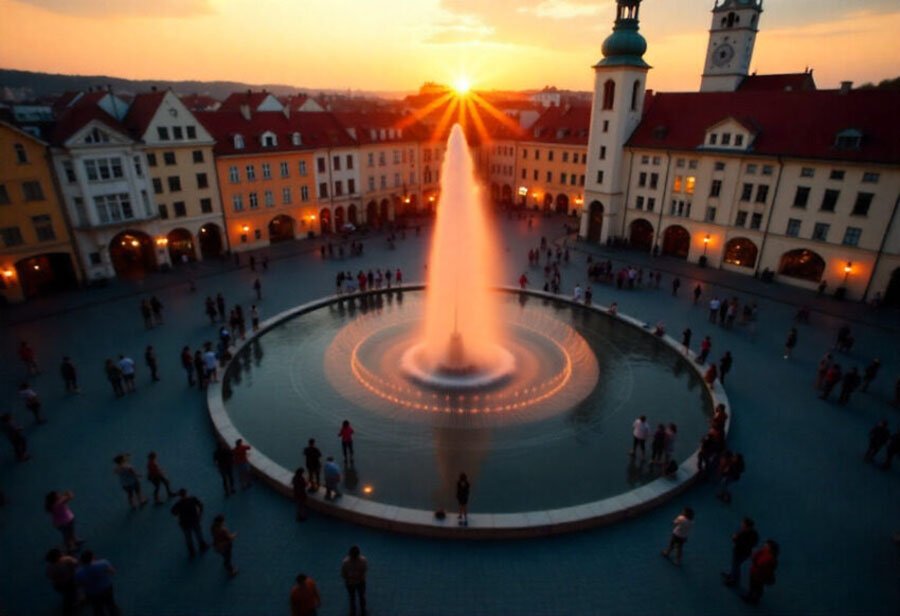 Christmas Travel to Europe Disrupted by EES
Christmas Travel to Europe Disrupted by EES
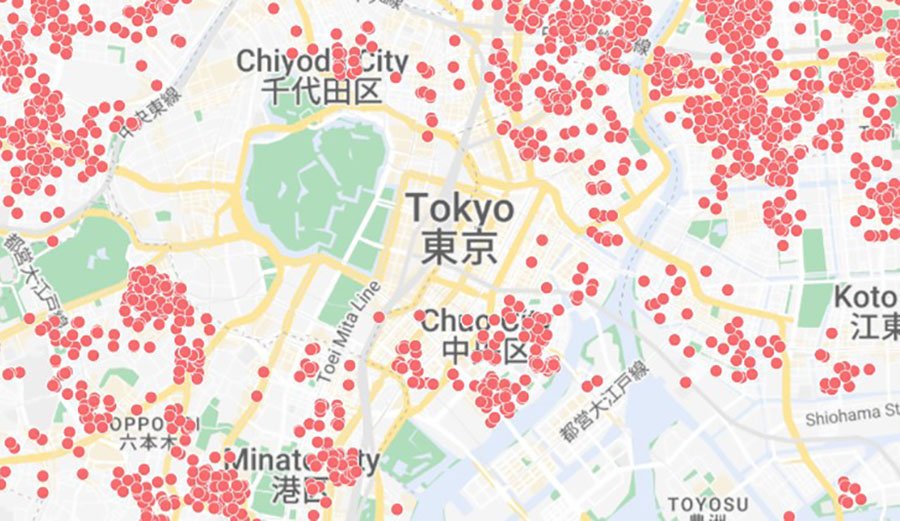 Airbnb market in Tokyo: foreign traffic, strict regulations and seasonal fluctuations
Airbnb market in Tokyo: foreign traffic, strict regulations and seasonal fluctuations
 Tourism Crisis in the United States: Stricter Entry Rules and Rising Costs Have Crashed Visitor Numbers in California, Florida and Las Vegas
Tourism Crisis in the United States: Stricter Entry Rules and Rising Costs Have Crashed Visitor Numbers in California, Florida and Las Vegas
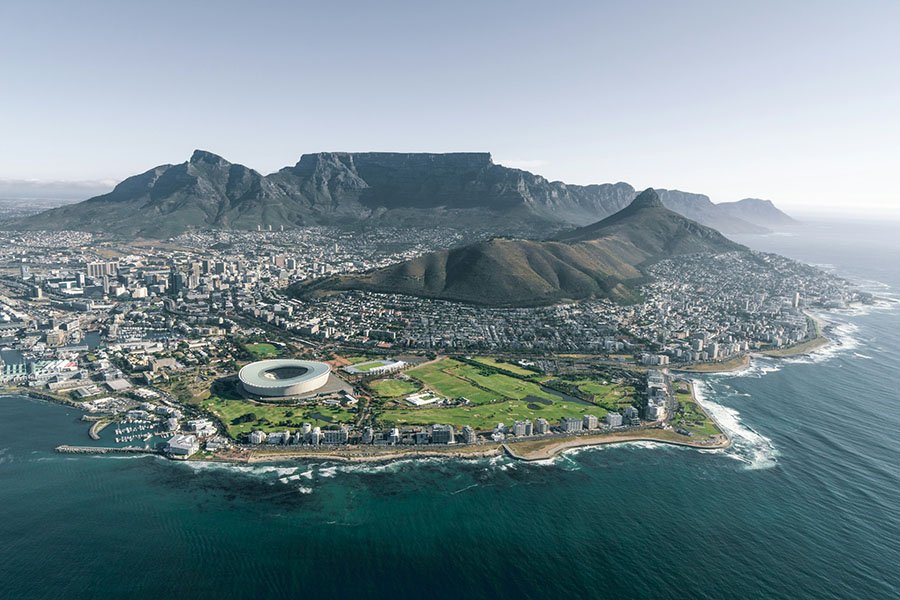 South Africa’s tourism boom: double-digit growth reshapes the industry in 2025
South Africa’s tourism boom: double-digit growth reshapes the industry in 2025
 Eurozone Wage Growth Slows, ECB Reports
Eurozone Wage Growth Slows, ECB Reports
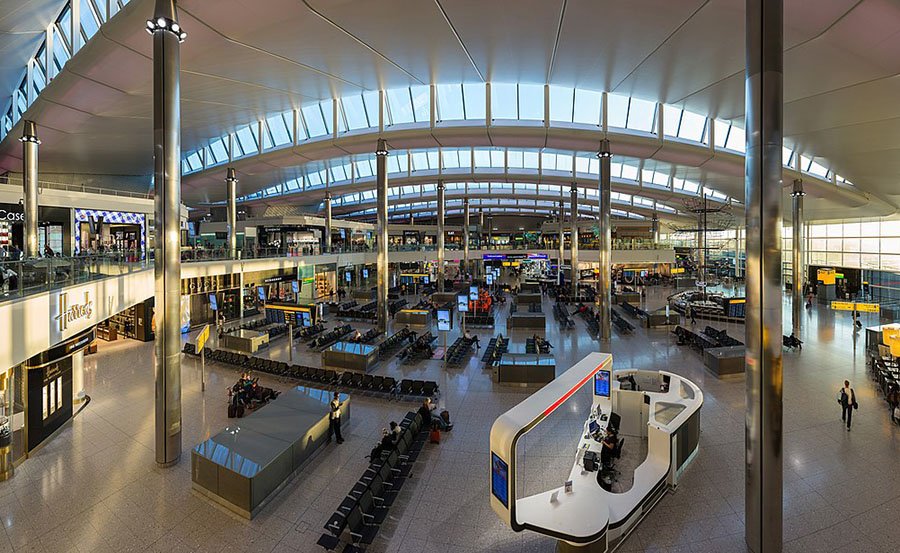 UK Taxes Set to Rise for Airports and Energy
UK Taxes Set to Rise for Airports and Energy
Estonia-Russia Border Overwhelmed: No Improvements in Sight
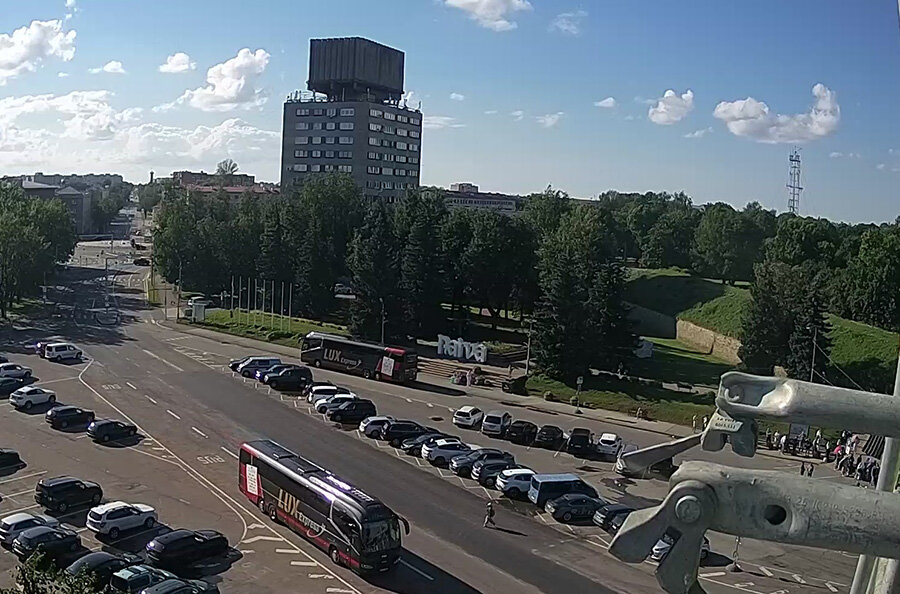
Photo: Balticlivecam.com
Massive queues have formed at Estonia’s border with Russia, with pedestrian lines stretching for kilometers and no available slots for cars to leave the country for the next 45 days. Border crossing points are under strain following a series of restrictions imposed throughout 2024–2025.
The SHOT Telegram channel reported long queues at the Narva–Ivangorod checkpoint, but only on the Estonian side. Many Estonians travel to Russia to vacation or shop for goods that are often two to three times cheaper there.
While Russian border guards allow passage into Estonia, the return trip can take 8–10 hours. Travelers attribute the delays to the Estonian government’s reluctance to let citizens visit Russia. Some people brought stools to avoid standing for hours, and local volunteers distributed water. Enterprising individuals even began selling queue spots for €50–80.
According to ERR [leech=https://rus.err.ee/1609759686/na-jugo-vostochnoj-granice-jestonii-rezko-vyroslo-vremja-ozhidanija], vehicle wait times surged in July 2025 on Estonia’s southeastern border, even though overall traffic decreased. Around 800–900 vehicles cross daily in both directions, and full inspections of each car slowed processing times.
On July 31, four trucks and 72 cars were waiting at the Koidula checkpoint, while Luhamaa had seven trucks and 27 cars queued. Police and Border Guard Board spokesperson Nele Tamm noted that truck bookings were available as early as August 1, but no car slots were open for the next 45 days.
Recently, Narva officials dug up the Friendship Bridge, sparking rumors of a full road closure. Interior Minister Igor Taro warned that Estonia may fully shut its Russian border, following Finland’s example. He blamed the queues on the ongoing war in Ukraine and emphasized Estonia's duty to enforce anti-Russian sanctions.
The Ministry of Foreign Affairs had earlier advised citizens to avoid travel to Russia altogether. Taro explained that border movement and trade restrictions are mandatory for countries condemning the conflict, and the reopening of “Narva-2” checkpoint is not under consideration.
He also dismissed the idea that extending “Narva-1” operations overnight would help, saying full inspections are causing the delays and shifting staff to night duty would only worsen daytime congestion.
He reminded the public that Koidula and Luhamaa checkpoints remain open and emphasized that any sanctioned goods crossing the border only prolong the war. While border infrastructure upgrades fall outside the ministry’s purview, Taro said the Narva municipality has permission to create waiting areas. If congestion worsens, the Narva checkpoint could be closed.
Previously, Estonia’s Isamaa party proposed fully closing the Russian border. However, on March 20, 2025, a majority in parliament voted against the bill.
Since February 1, 2024, Russia has closed the Narva–Ivangorod road crossing for major reconstruction. Estonia responded by physically blocking the bridge. Although bus service between Tallinn and St. Petersburg continues, passengers must walk across the border and switch vehicles.
In May, the Estonian checkpoint stopped 24/7 operations and now closes from 23:00 to 07:00. Nearby crossings in Luhamaa and Koidula (Pskov region) remain operational. Estonia has also stepped up cargo inspections to prevent EU sanctions violations. Border chaos was also recorded last year, but queues then lasted 5–6 hours rather than 10.
Подсказки: Estonia, Russia, Narva, Ivangorod, border control, sanctions, travel restrictions, EU-Russia, migration, checkpoints, tourism, infrastructure





